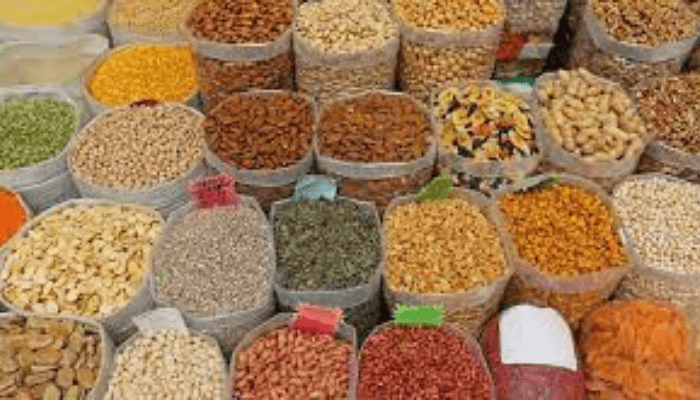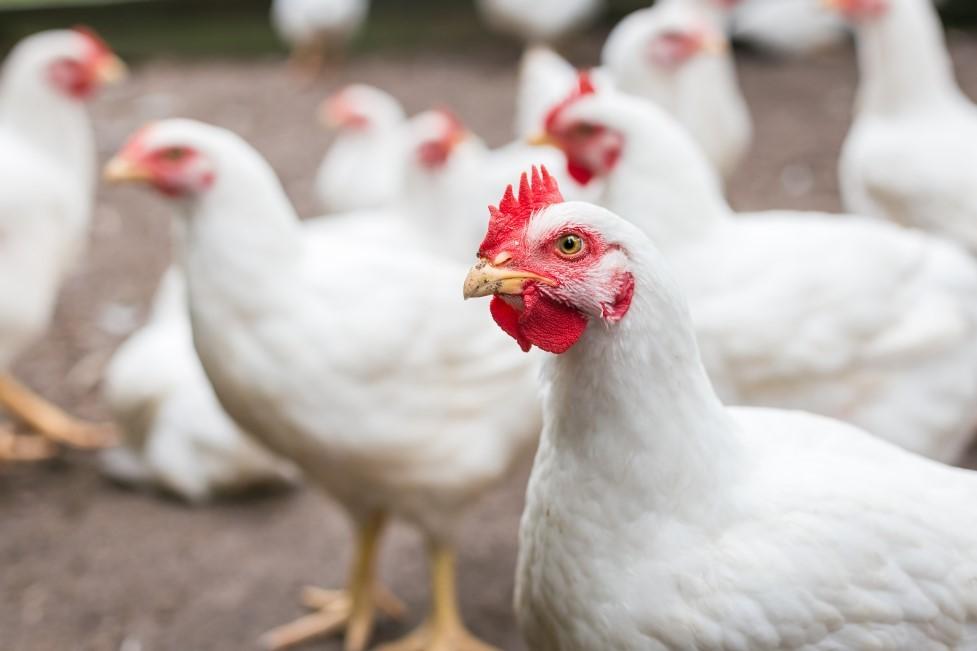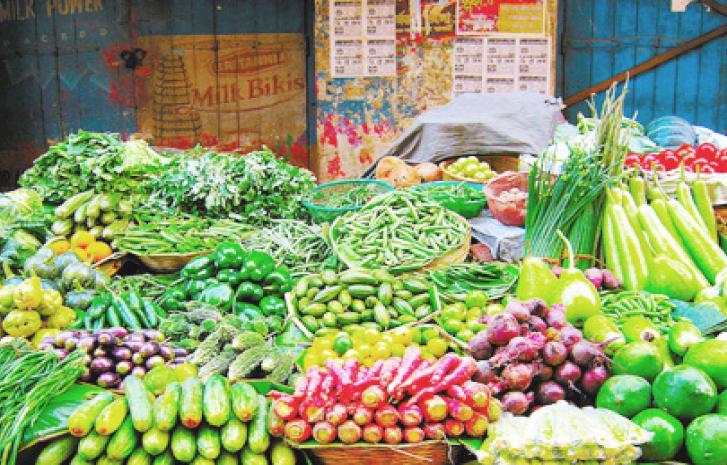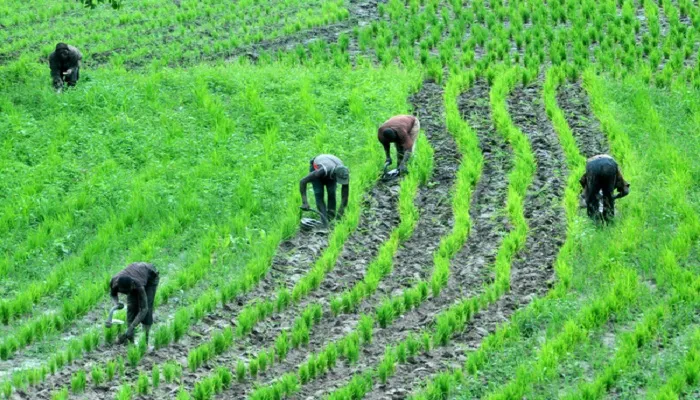In this guide, I will show you how to plant Water Leaf to get good yields anytime of the season. Water leaf is one of the most essential vegetables used in cooking of soups such as Edikan ikong soup, Afang soup, bitterleaf soup, etc.
Water leaf plants have fleshly green and soft leaves with pink flowers that add to its beauty. It can grow to heights of 30 to 100cm. It is rich in vitamins, minerals, iron and calcium. Waterleaf plant has high water content, thus, lives up to its name.
Water leaf plants are very beautiful plants to behold when they are healthy and grow in clusters. They are not just for sight-seeing alone; they make great palatable dishes with a combination of other green plants for food.

Planting water leaf is not a difficult task as you might think. You can choose to grow it at your backyard, sides or frontage for aesthetic purpose. Waterleaf thrives in both dry and rainy season, but especially in rainy season when there is moderate rainfall. Otherwise, heavy downpour could hamper growth.
Below is a picture of my little waterleaf garden I cultivated. It is approximately one month old and grown without fertilizer or poultry manure.
See Also: 10 Benefits Of Ginger and It’s Nutritional Values?
Step by step procedure on How to Plant Water Leaf
1. Find a good location.
Waterleaf plants are resilient plants that grow in a variety of soils. I have a lot scattered around my compound and even though I tried getting rid of them they kept growing back.
Hence, I took up the interest to cultivate them. For good results, take into consideration if the area you choose is free of water deposits during the rainy season.
Remember, taking in too much food than your body can digest at a time could bring discomforts. Similarly, water, which is also food for the plant can be damaging to the plant if it exceeds the amount it can both store and utilize at a time. Therefore, it is best to go for elevated areas.
Ensure that the area has moderate sunlight to penetrate since plants also need sunlight to make food. Another aspect to consider is to choose a spot where more grasses thrive as this is an indication to the soils fertility. Avoid hard ground to ensure that water is able to sink through easily for plants to derive nourishment.
2. Remove the weeds.
Just as you wouldn’t like to occupy a house already inhabited with dangerous pest; so likewise, waterleaf plants do not like so many unwanted neighbours around it so as not to thwart growth, invite pest, or compete for nourishment from the soil. Therefore, it’s important to clear weeds, thus making the area free for the waterleaf plant to thrive better.
3. Raise the bed.
Although raising the bed is optional, however, waterleaf plants need good prepared beds to have a good start. What do I mean?
Preparing a bed involves gathering good soil to raise the ground level of the area where you intend to do your planting. There are advantages to this method, as I have grown the plant both on ground levels and elevated levels separately. I noticed those of the elevated level thrives healthier.
A possible reason to this is that the soils I gathered were free from pests that would normally be found on the ground level. Another reason for this is to ensure that the designated area does not become waterlogged in the event of leaking pipes, taps or heavy rainfall. You never know what to expect.
4. Till the ground.
The ground is tilled to soften and increase the surface area of the soil. It is advantageous in the sense that it allows water to easily penetrate the depth of the soil.
It also decreases the chance for weeds to dominate or grow so quickly. You can dig the ground using a digger, hoe or machete depending on the size of the bed you wish to cultivate.
Adding manure at this point is optional, however, it is advantageous in the sense that the manure mixes with the content of the soil while tilling.
5. Water the bed.
The bed is watered to add moisture to the soil. This is especially important when planting during the dry season. Remember, water is one of the materials needed for plants to produce food in addition to sunlight.
Therefore, it is necessary to prepare the soil with water in order to sustain growth in plant. Water the farm with sufficient water, but avoid excessive amount, otherwise, the underground stem or root would undergo rot and thereby hamper growth. If the soil has moisture already, you could start planting right away.
Another reason why water is added to the soil is to soften the texture in order to easily insert the stem without breaking it while planting.
6. Plant the Water Leaf by inserting the stems into the soil.
Waterleaf plant can be planted with its seeds or stem. Here in the south-south of Nigeria, many plant by inserting the stem. Interestingly, unlike other plants, waterleaf is able to grow without its main root when inserted into the soil.
To that end, preparation involves a simple process of cutting out the stems, within 2 to 3 inches long from a matured waterleaf plant. It is optional to cut the flowers on the stem; it makes the planting look neat at its initial stage.
Inserting the stem is one of the enjoyable part of growing waterleaf. First ensure that the soil is soft enough to easily insert the stem without breaking it. Each stem is inserted close to another to grow in clusters.
7. Maintain your Water leaf garden
Growing waterleaf is not a one day job. It takes routine check and maintenance to get the desired result. Certainly, knowing the specific needs of the waterleaf plant and providing care accordingly is paramount to the excessive amount of time and attention you give to it.
Otherwise, you end up killing the plant. During very dry season, it is necessary to water the plant every day, if possible, morning and evening. However, it is not the same during rainy season since the rain soaks the soil and provides the water needed.
Adding manure is a matter of personal preference and depends on how rich the soils nutrients may be. Organic waste such as poultry manure is a good option.
A word of caution is to always ensure that such organic material is allowed to sit and cool for some days away from heat and sun before using it. Heat emanating from poultry manure can do much harm than good for the plant_ it kills it period.
To maintain its freshness and vitality, it is advisable to cut out old branches. This is to prevent stunt growth and to give room for new branches to sprout.
Remember, ‘no man is an island.’ Share your experiences with others, and learn from them how they handle each challenge.
The more you plant, the more you are enlightened; and the more you harvest, the many the experiences you get of the mouth-watering, unforgettable and delicious meal of garnished vegetables endorsed with the unique delight of nature_ waterleaf!





